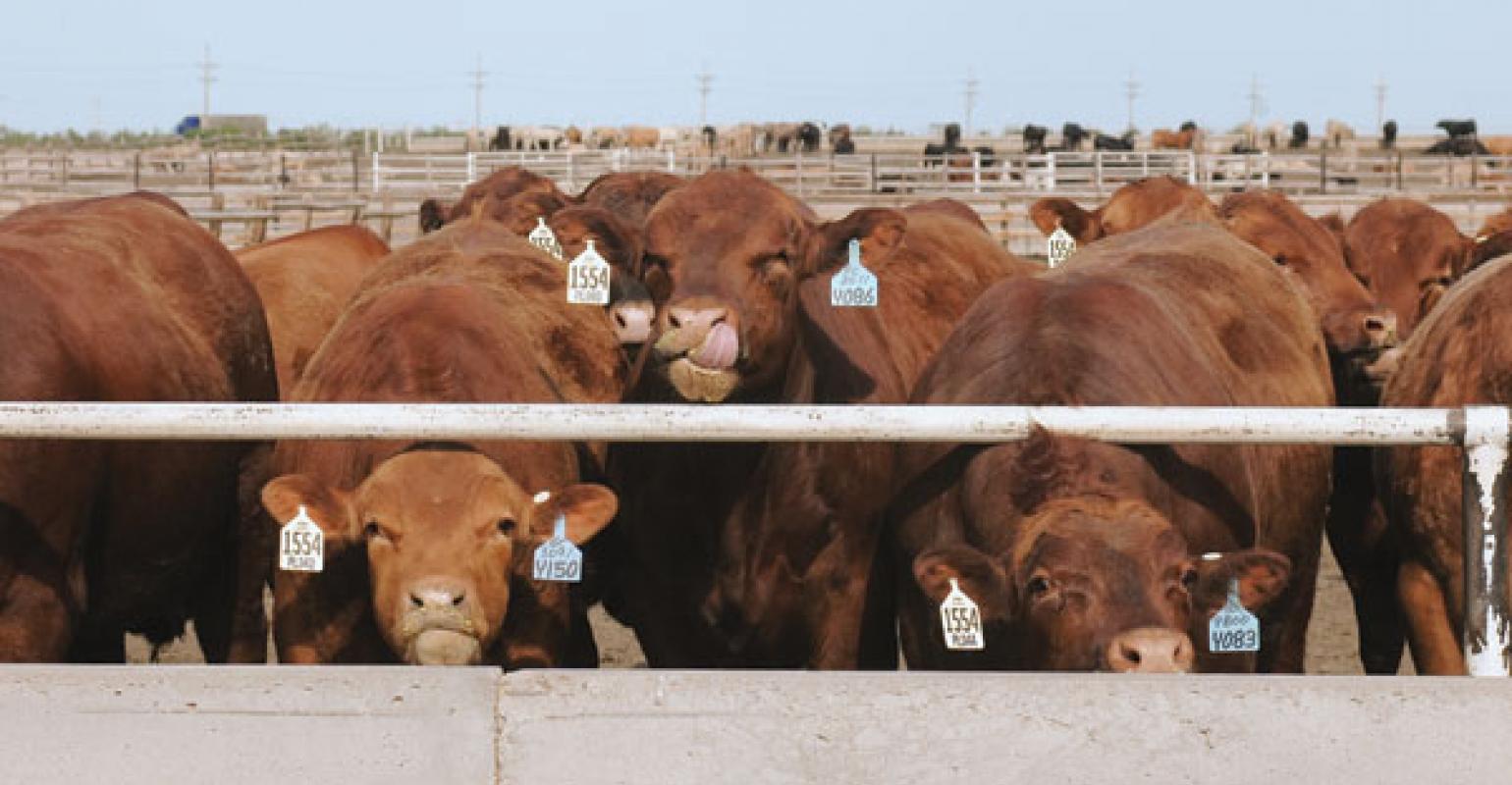
Agricultural News
Feedlot Supplies Gradually Tighten as the Calendar Turns to 2022
Tue, 28 Dec 2021 05:02:39 CST
 This past Thursday, the USDA released their final Cattle on Feed Report of 2021- and Radio Oklahoma Ag Netwotk Senior Farm and Ranch Broadcaster Ron Hays talked with Dr. Derrell Peel about the numbers released shortly after the report was out ahead of the Christmas holiday weekend. You can hear their conversation as featured in Monday's Beef Buzz by clicking here.
This past Thursday, the USDA released their final Cattle on Feed Report of 2021- and Radio Oklahoma Ag Netwotk Senior Farm and Ranch Broadcaster Ron Hays talked with Dr. Derrell Peel about the numbers released shortly after the report was out ahead of the Christmas holiday weekend. You can hear their conversation as featured in Monday's Beef Buzz by clicking here.
Peel also offered a written analysis about the numbers in the weekly Cow Calf Corner- here are his additional thoughts on what the gradually tighter supplies of feedlot cattle mean as we head into 2022.
"The December Cattle on Feed report showed November placements 103.6 percent of last year and marketings 105.3 percent of one year ago. November had one more business day than 2021. The December 1 on-feed total was 11.985 million head, down fractionally year over year at 99.6 percent of last year. The December report was well anticipated and should not provoke a large market reaction after the long holiday weekend. December is the sixth consecutive month of year over year decreases in feedlot inventories though the November and December totals were only slightly down from one year ago. The twelve-month average feedlot inventory continues to decline from the June peak but is declining very slowly.
"Feedlot inventories have persisted well past the cyclical peak in cattle inventories. The total cow herd (and the beef cow herd) inventory peaked on January 1, 2019, with the 2018 calf crop the largest of the current cattle cycle. Estimated feeder supplies declined from the 2019 peak to 2020 but decreased only slightly going into 2021. Herd liquidation since 2019 has reduced heifer retention and added to feeder supplies despite declining calf crops following the cyclical peak. Total feedlot placements through November were up 2.7 percent in 2021 compared the previous year. Some of this was related to pandemic disruptions and delayed placements in 2020. Feedlot placements over 700 pounds are up 4.0 percent year over year for the January-November period, including a 2.7 percent year over year increase in placements over 900 pounds. Increased placements of heavier feeders is partially in response to higher feed costs this year. Placements of cattle under 700 pounds are up a scant 0.7 percent year over year.
"However, the November placements contrasted with the year-to-date patterns. The 3.6 percent year over year increase in November placements was entirely made up of cattle under 700 pounds, up 7.0 percent year over year, with placements of feeders over 700 pounds down 0.7 percent compared to last year. November placements over 800 pounds were down 1.7 percent compared to last year. Placements of lightweight cattle are typically high in November with seasonally large numbers of spring-born calves. However, the increase may be somewhat exaggerated this year for several reasons. Drought limitations are likely contributing to increased placements, the result of reduced opportunities for backgrounding calves this winter. Additionally, drought may also be causing fewer heifers to be held as replacements and further increasing lightweight placements.
"Finally, feedlots may be placing more lightweight cattle simply because overall feeder supplies are declining. As feeder supplies decrease, feedlots will, for a few months, be able to hold feedlot inventories by placing smaller cattle, essentially borrowing against future feeder supplies. Lightweight placements will also add more days on feed and further extend feedlot inventories for a period of time. However, as 2022 proceeds, smaller feeder cattle supplies will result in more pronounced decreases in feedlot inventories.
"Cattle industry supply dynamics are always slow to develop and have been further disrupted by the pandemic in 2020 and 2021. Drought may add additional herd dynamics in the coming year, but tighter cattle supplies should be more evident across the industry in the coming year. "
WebReadyTM Powered by WireReady® NSI
Top Agricultural News
More Headlines...





